
Rice water is a DIY natural hair treatment that many naturals have taken for a test drive. It helps repair damage and enhance the hair’s strength to promote length retention.
But could it work for low porosity hair? Is rice water good for low porosity hair?
If you want to learn the answer to this and more, we’re happy to tell you that you’re in the right place! In this article, we’ll examine whether rice water is good for low porosity hair and walk you through how to use it.
Table of Contents
Is Rice Water Good for Low Porosity Hair?
When used correctly, rice water is good for low porosity hair. What makes rice water so effective is that it contains a high concentration of protein. Protein helps strengthen your hair by filling in tiny holes and gaps along your strands’ surface.
This protein restores your hair’s elasticity and leaves it feeling stronger and smoother.
Despite protein's beneficial effects, low porosity hair has a tightly closed cuticle that makes it difficult for water and hair products to penetrate it. As a result, the rice proteins can build up along the hair shaft and create a stubborn buildup.
In addition to making your hair dull, limp, and lifeless, protein buildup creates a barrier that blocks out water and causes your hair to dry out. If you don’t correct it, your hair will start to become brittle and break off.
This doesn’t mean that you can’t use rice water on low porosity hair. You’ve just got to be careful about how you use it. We’ll tell you how to do that in the below section.
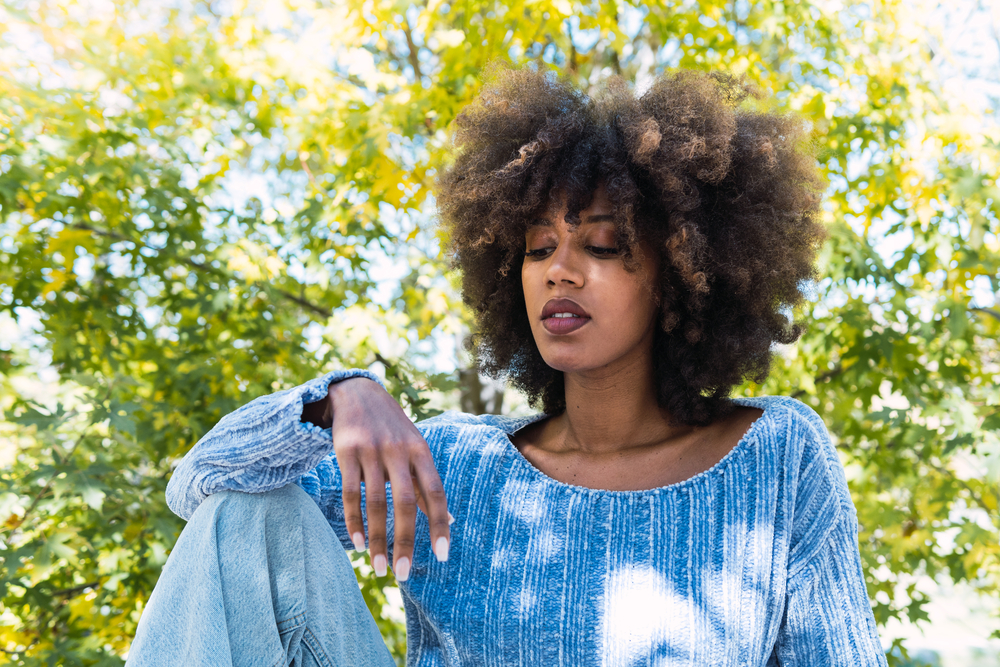
How to Use Rice Water for Low Porosity Hair
Now you know that rice water is great for low porosity hair, as long as it's used correctly. In this section, we’ll give you step-by-step directions on how to do just that! Here’s everything you need to know.
Gather Your Materials
- Spray bottle
- White Rice
- Shampoo
- Conditioner
- Shower cap
- Essential oil (optional)
Instructions for Using Rice Water on Low Porosity Hair
- Start by getting your rice water ready. Don’t have any on hand? Here’s a quick guide on how to make rice water.
- Thoroughly rinse half a cup of rice with water.
- Pour the rice into a cup and cover it with 2 to 3 cups of water.
- Let it soak for 30 minutes.
- Strain the rice and pour your water into a spray bottle.
- Add in a few drops of your favorite essential oil and shake well.
- Spray the rice water onto your hair until it's fully saturated.
- Put on a shower cap and wait for 15 to 20 minutes. A shower cap traps your body heat, which can help your tightly closed cuticles open up and allow more of the rice proteins to penetrate your strands. This step is non-negotiable for people with low-porosity hair. Skipping it will cause the rice water to sit on top of your strands and cause buildup.
- Once your time is up, rinse your hair thoroughly with warm water.
- Shampoo and condition your hair as usual.
- Apply a leave-in conditioner to promote moisture and prevent protein overload.
- Dry and style your hair as normal.
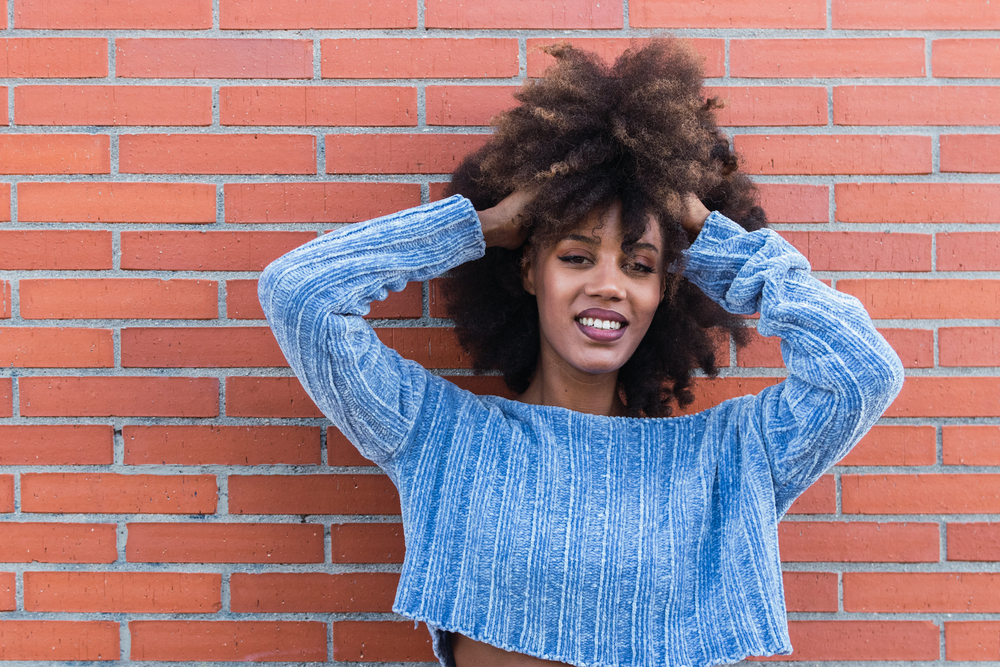
How Often Should You Use Rice Water With Low Porosity Hair?
There isn’t a specific frequency at which you should use rice water on low porosity hair. At most, you can use rice water once a week. If you want to play it safe, stick to monthly or bi-monthly rice water treatments.
The main thing to keep in mind is that you’ll have to pay attention to how your hair responds to the treatment.
When used in excess, a protein treatment can make your hair brittle. Use rice water less often or skip it altogether if your hair starts to feel dry.
Do’s and Don’ts of Using Rice Water on Low Porosity Hair
Ready to give rice water a try? Before you do, check out this list of do’s and don’ts. Keep them in mind to help ensure your rice water isn’t doing more harm than good.
Do’s
- Do incorporate heat into your rice water treatment with a shower cap.
- Do throw your rice water away after four or five days.
- Do store your rice water in the fridge in an airtight container.
- Do see how your hair is responding before continuing to use rice water on your hair.
- Do dilute your rice water with fresh water if it's too potent.
- Do use moisturizing products more often to balance out the effects of the protein.
- Do make fermented rice water if you want to amp up your treatment's beneficial effects.
- Do make small batches or use the excess rice water on your skin, so it doesn’t go to waste.
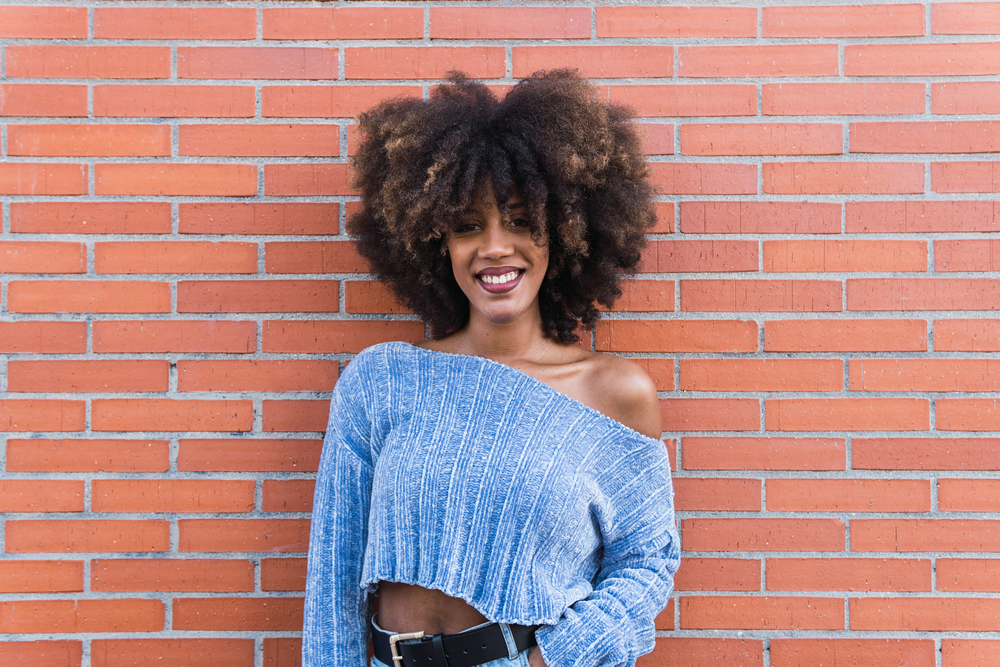
Don’ts
- Don’t leave rice water on your hair without rinsing it out.
- Don’t use rice water on low porosity hair more than once a week.
- Don’t use other protein-rich products to prevent protein overload.
- Don’t keep using rice water if it's making your hair dry or brittle.
- Don’t leave rice water in your hair for longer than 20 minutes at a time.
Tips for Taking Care of Low Porosity Hair
As we mentioned before, low porosity hair is tightly sealed, so moisture, proteins, and nutrients have a hard time penetrating your strands. Luckily, there are measures you can take to keep your hair moisturized and thriving.
We'll discuss some of them below.
Use Heat When You Deep Condition Your Locks
Low porosity hair is water-resistant, so pair your conditioning treatments with heat to make them more effective.
The heat from a hooded dryer, hair steamer, or thermal cap opens up your tightly sealed cuticles so more of the conditioner's nourishing ingredients can sink into your strands.
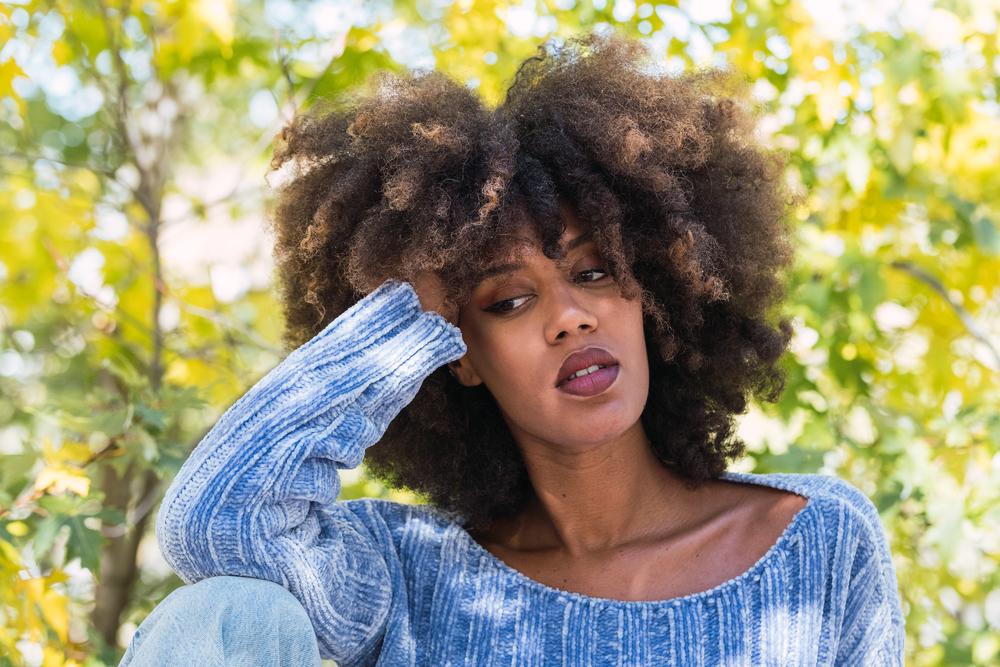
Avoid Heavy Products and Oils
Heavy products and oils can overwhelm your strands and leave them looking greasy. Since they sit on the surface of your hair, they can also cause buildup.
Instead, opt for weightless (often called “lightweight”) formulas and oils. Here are some of our picks for the best lightweight hair oils.
- Grapeseed oil
- Argan oil
- Jojoba oil
- Sweet almond oil
Use Regular Clarifying Treatments
Low porosity hair is more susceptible to product buildup, so get rid of it once or twice a month with a clarifying treatment or shampoo.
Clarifying shampoos and treatments have high concentrations of cleansing ingredients that cut through stubborn buildup and leave your strands feeling squeaky clean.

Try to Use Products Formulated for Low Porosity Hair
With so many different products on the market, you can usually find one formulated to meet your hair's specific needs. Low porosity hair products won’t weigh down your strands and will help your hair retain moisture.
Sleep With a Silk or Satin Bonnet
Wearing a bonnet protects your strands from the moisture-sucking properties of cotton pillowcases, cutting down on moisture loss and breakage.
While you can also get a silk or satin pillowcase, a bonnet traps body heat. The heat opens your cuticles and helps your moisturizing products sink further into your hair as you sleep.
Use Pre-poo Treatments
One of the most challenging parts of caring for low porosity hair is making sure it stays moisturized. Pre-poos are a hydrating treatment you apply to your hair before you shampoo it.
They help prevent the shampoo from stripping your hair of moisture and give your strands an extra dose of nurturing vitamins, minerals, fatty acids, and antioxidants.
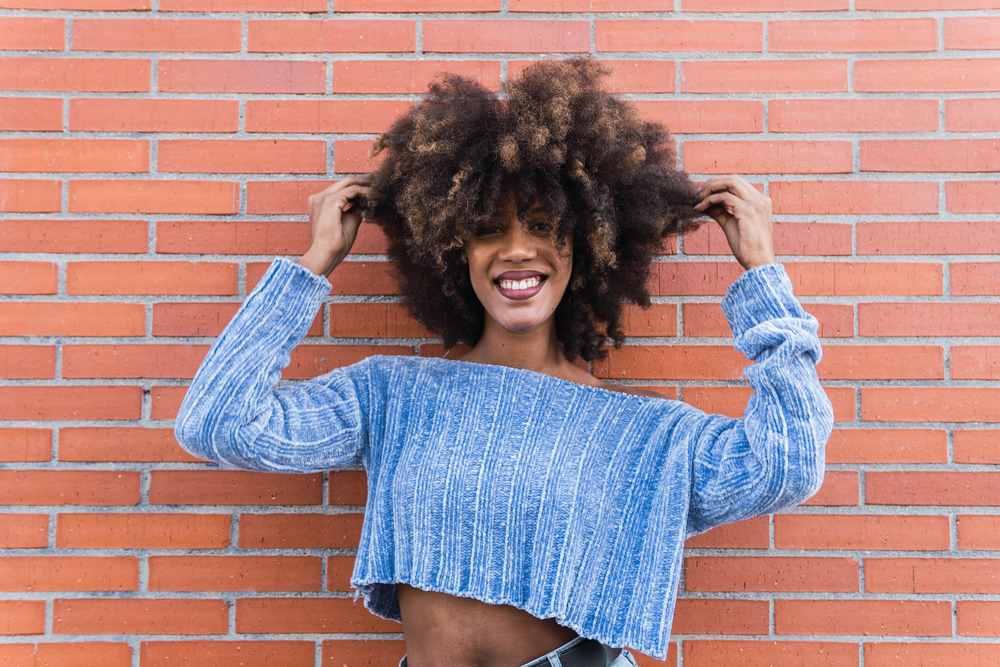
- How Long Can Rice Water Last in the Fridge
- How to Make Rice Water for Hair
- Moisturizers for Low Porosity Hair
- Define Porosity Hair
We hope this article has helped explain the dangers of using too much rice water on low porosity hair. When used in moderation, it can be an effective tool to keep your strands strong and healthy.
But you don’t have to take our word for it. Just follow the tips and information we’ve gone over today, and your hair will come out looking and feeling amazing!




